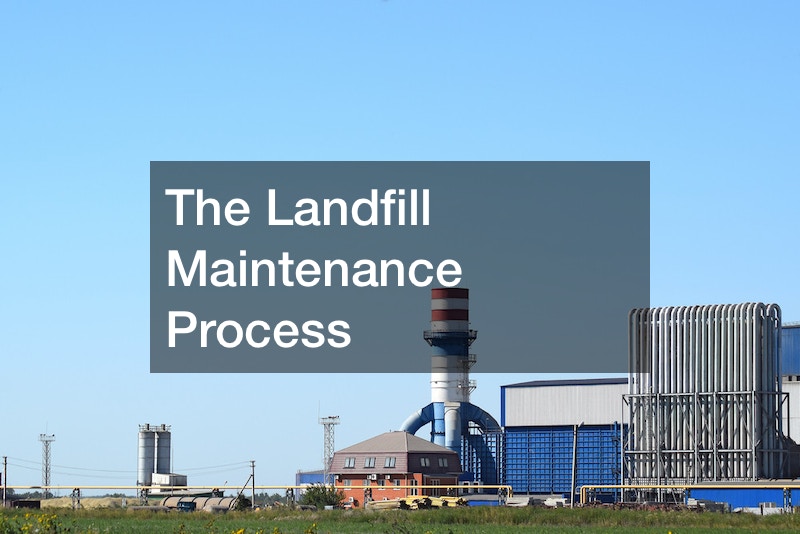Landfill maintenance is a critical aspect of waste management, ensuring that these sites remain environmentally sound and safe for the surrounding communities. The process begins with regular inspections to identify potential issues, such as erosion, leachate leakage, or gas emissions.
To address these concerns, landfill maintenance teams implement strategies like the installation of erosion control measures, daily cover placement, and the installation of gas collection systems. Proper waste compaction and cover placement not only help to mitigate odors but also minimize the risk of fires, which can be detrimental to both the environment and also the public health.
Leachate management is another essential aspect of maintaining a landfill. It involves the collection and treatment of liquids that percolate through the waste, which potentially contain harmful contaminants. Regular monitoring and maintenance of leachate collection systems ensure that these liquids are properly managed and do not pose a threat to groundwater or nearby water bodies.
Additionally, vegetation management is also crucial. By planting native vegetation on the landfill surface, the environment can be restored and beautified while, on one hand, stabilizing soil and also reducing erosion. Maintenance teams must also oversee the long-term post-closure care, which can extend for years or even decades, ensuring that the site remains stable and does not negatively impact the environment or community.
Through regular inspections, erosion control, leachate management, and vegetation maintenance, these waste disposal sites can be transformed into sustainable, green spaces that minimize their impact on the ecosystem.
.



